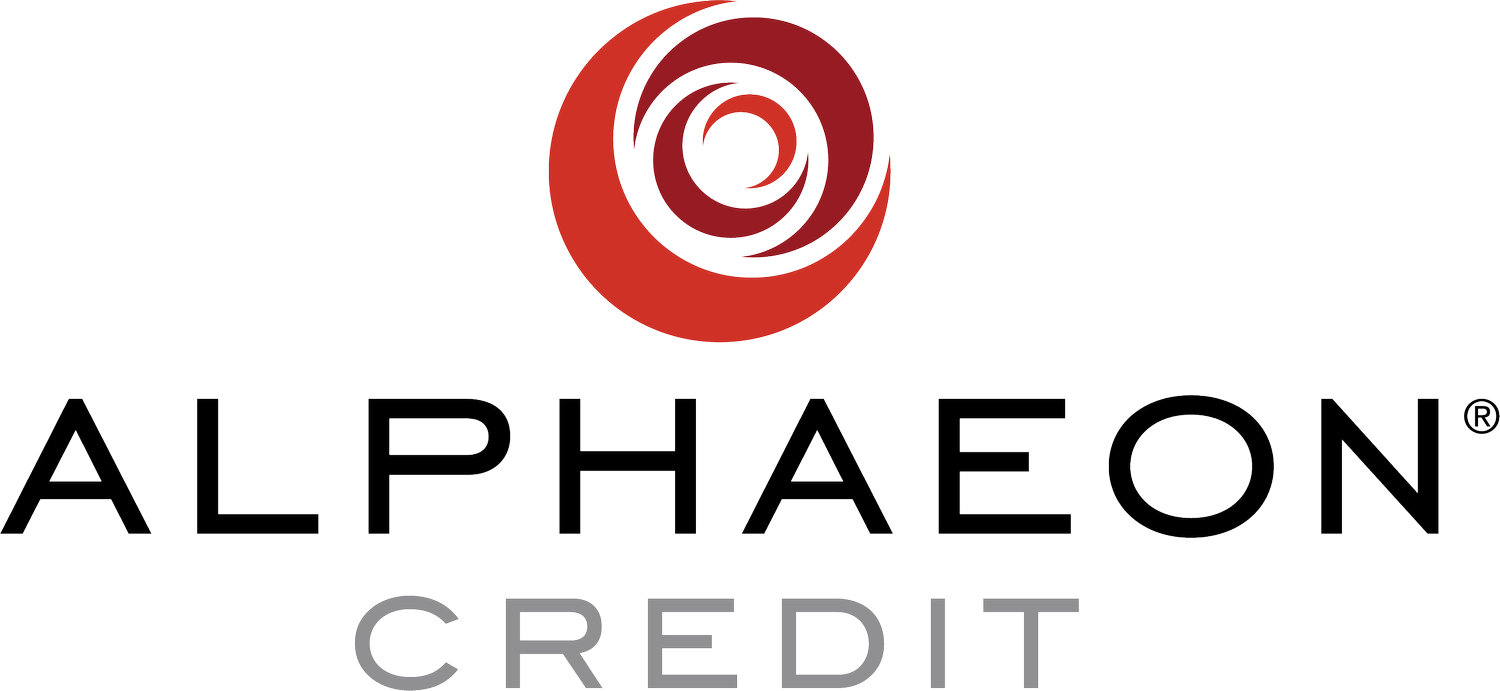When is the right time to share YOUR price?
Do you advertise your prices online? Should you? This was the question posted recently on the ShoutMD community by an ophthalmologist. And the survey says...
23% of physicians share pricing before speaking to a patient or having a consult today. Yet, many believe this is a trend that is becoming more popular especially among younger physicians and corporate owned providers.
So what are the pros and cons?
PROS
1. Reduces Sticker Shock and Keeps the Schedule Open for Qualified Patients
By posting your prices, patients come into consults educated and are less likely to experience sticker shock. This is especially true if others are advertising unrealistic prices in your market, such as $299 for LASIK. By sharing your prices, patients won't be surprised and are more likely to have begun to consider how to pay for the procedure such as with financing. For those unable or unwilling to pay, they are less likely to schedule a consult, come in, and say, "How much?...Hmm...I'll pass.". By letting them know your price in advance, you can keep your schedule filled with those that are prepared to pay.
2. Differentiates Your Practice
If your prices are above or below the the norm for your market, advertising pricing can be a differentiator.
Right or wrong, when patients have limited information to compare like products and no existing relationships at any practices, they often turn to price first as a comparison tool.
Price can tell patients what type of practice you are. Are you a Neiman Marcus, Macy's, or Wal-Mart? There is a consumer for each of these retailers, and there is a patient for the high, middle, and low cost practice as well.
Some patients will always be searching for the lowest priced provider. If this is you, advertise, but proceed with caution as lower prices can impact patient satisfaction. In a 2008 Stanford study, researchers applied electrical shocks to the wrists of participants before and after they received a placebo painkiller. Some participants received an "expensive" painkiller and others received a "low-priced" painkiller. 85% of those in the "expensive" pill sample group reported a reduction in pain from the shocks compared to 61% of those in the "low-priced" sample group^. If you are the lowest priced provider, be cognizant of this unconscious bias among patients to be less satisfied when they know they have paid less.
On the flip side, if you are the highest priced provider in your market, patients may be apt to believe your practice is superior to other options for the same reason. In many markets, the physician charging the most isn't always the more experienced or educated, but often patients believe that he or she is due to their price points. Yet, being the highest priced provider also comes with a warning. Setting your price too far apart from the norm can backfire, as other studies have shown consumers have a “middle bias” or “edge aversion.” From multiple choice tests, to menus, to a selection of jams on a shelf, consumers tend to gravitate towards the middle choice as it feels the most safe*. In the end, being priced squarely in the middle might serve you best of all.
CONS
1. Reduces Call Volume and Consults
Almost every practice receives the “How much is X?” call on a regular basis. These "price calls" are always opportunities to redirect the conversation and help the patient understand what questions they should be asking (experience, education, outcomes) and to begin to establish a relationship. If you post prices, you run the risk of patients not calling at all as the only question they know to ask has already been answered.
2. Creates Unrealistic Expectations
In many scenarios, it may not be feasible to provide cost without first evaluating a patient. If the patient comes in and you determine they are a better candidate for another procedure or that their procedure will cost more, "anchor pricing" could prevent the patient from moving forward. “Anchor pricing” occurs when one price is provided, giving patients a starting point or “anchor”**. Moving forward, all other prices are compared to that initial number. For example, when scheduling a consult if a patient believes he will be paying $3,000 for a procedure because of advertised prices, but it’s later determined he or she would be served better by a $6,000 procedure, overcoming that $3,000 difference will be difficult. Had the "anchor price" started at $6,000 and ended up being $3,000, the patient would be more likely to move forward.
In the end, regardless of the procedure or service, price plays a starring role. While the majority of practices still do not reveal pricing before speaking or meeting with a patient, there does appear to be a shift towards making it easier for the patient and sharing publicly. If you choose to post your prices online, remember the cost barrier doesn’t automatically disappear; it will still remain a concern to address, which is easily overcome by providing financing options. So if you list a procedure for $3,000, be sure to also mention the patient can finance the procedure for $73 a month or pay for the procedure over time with no interest. Calculate Monthly Payments
^https://www.gsb.stanford.edu/insights/behavioral-impact-higher-price
**https://conversionxl.com/blog/pricing-experiments-you-might-not-know-but-can-learn-from/


